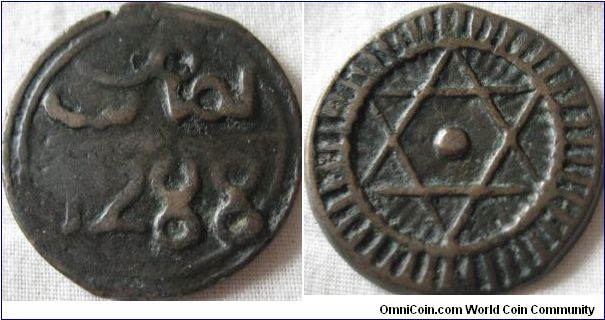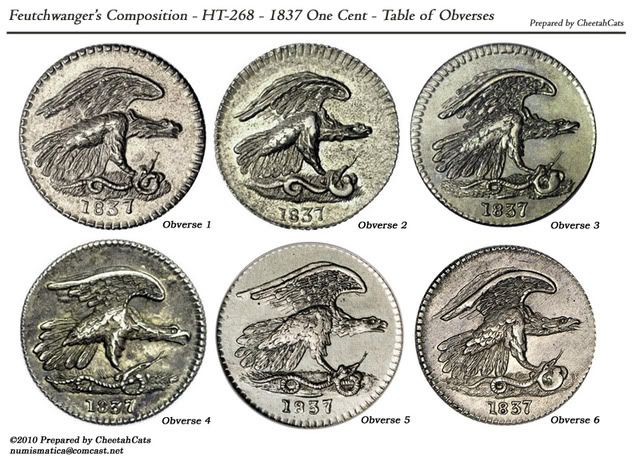NumisSociety is fastly maturing into a well respected place for coin-related news, discussions, and articles. Only a few years old, the site was recently featured in the Collector Tech section of November's edition of The Numismatist.
Columnist James Bucki Sr. writes:
"Some interesting forum discussions differentiate this forum from others and include Canadian coins, scrip, exonumia, Civil War Tokens, counterfeits/replicas, books, and numismatic photography."
It was interesting to note that only a handful of forums were mentioned, and NumisSociety was one of them!
Congratulations to all of our forum members!
...










